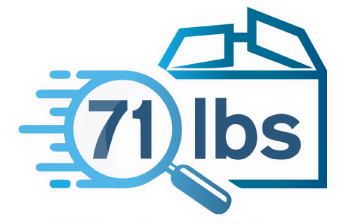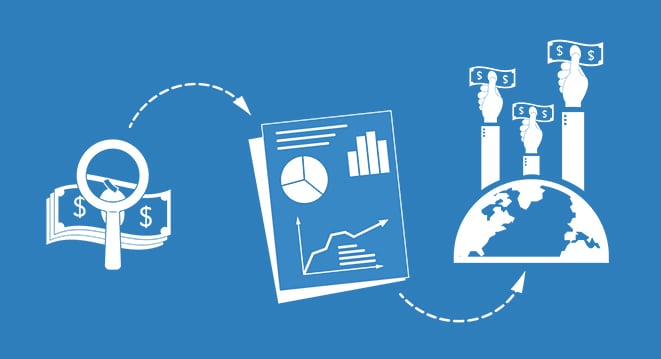In the first of a two-part series on how to prepare packages, we spotlight tips, insights and warnings for shipping with FedEx.
The big carriers aren’t known for happily taking blame. If there’s some way to prove a packaging problem was the shipper’s fault, then FedEx, UPS, DHL and the rest will use it to their advantage. Your package must be perfect before the carrier takes possession if you want to avoid all accountability.
This means your business must follow the carrier’s packing guidelines to the letter. Different contents require separate delivery services, and each has its own set of rules on acceptable packaging practices. Here’s what FedEx expects.
Basic FedEx package optimization tips
Optimizing your shipment means choosing the right package dimensions, the right protection and the most cost-effective solution for your shipping budget. Boxes must be matched to the size and weight of their contents and, if you’re reusing old boxes, they must be in excellent condition with all previous labels removed.
Any goods that might be affected by dirt, water or wet conditions should be placed inside a plastic bag. Any protruding or sharp edges must be wrapped or taped. Most items will require enough inserted cushioning to prevent contents from shifting harmfully in transit. For single boxes with wrapped items, the FedEx cushioning minimum is 3 inches of material. If posting one box within another, the first box must have 3 inches of cushioning and the inner box must have 2 inches.
Printed materials should be bound together, and FedEx recommends placing a copy of the sender and recipient details inside the package and printing them on the inner package flap. Address labels or pouches must be firmly attached and sealed on the exterior.
At least three strips of packing tape must seal the package — FedEx doesn’t want masking tape or duct tape — and must be at least 2 inches wide across all flaps and seams using the H-tape method. Check out the FedEx video guide for a visual aid. If you’d like some bonus packaging points on a larger scale, you can protect the environment by using FedEx packaging with the best recycling profile.
FedEx packaging maximums by service
Measured by weight and girth — girth is calculated by adding the length of the package plus two-times the height and width — here are the maximum sizes acceptable per FedEx service:
- Express Domestic: 150lbs weight, 165 inches total girth
- Express International: 150lbs weight, 130 inches total girth
- Ground: 150lbs weight, 165 inches total girth
- Home Delivery: 70lbs weight, 165 inches total girth
- Freight: No minimum weight and up to 20,000lbs maximum weight
- Express Freight: 151lbs minimum weight with no maximum, 165 inches total girth
FedEx expects shippers to place yellow and black safety heavyweight labels over the diagonal corners of any package weighing over 75 lbs. You can find these through your FedEx account executive or contacting a FedEx Office Print and Ship Center.
FedEx also wants calculations by dimensional weight as well as actual weight. You can find dimensional weight by multiplying length by width by height (in inches) then dividing by 139 for U.S., Puerto Rico and international shipments. Compare the dimensional weight and actual weight. If dimensional weight is greater, expect extra charges.
Perfect packaging practice by product
The infinite variety of products shipped around the world tend to fall into basic categories. Shippers tend to be most concerned over the safety of flowers and plants, electronics, and breakables. Breakables are easiest to advise on here, since they require the steps already outlined in the basic optimization tips with the added touch of labeling the box “Fragile.”
For other sensitive shipments, FedEx has a very detailed guide that’s easy to use and printable for future reference. It reveals how to best pack everything from organic materials and automotive parts to batteries and UN 3373 shipments.
FedEx can tailor packages to your business
One way to be sure your packaging is FedEx-approved is to let them design it in the first place. Not all products fit neatly into existing options, which is why FedEx offers a consultation with their packaging engineers. They recommend customers do it sooner rather than later to save money on future packaging material investment. Custom-made packages are certainly a better idea for some businesses than wrestling oddly sized products into existing templates.
As a last tip, FedEx recommends that customers track shipping costs and damage rates, and then revisit their processes to find out how they can improve. We couldn’t agree more. The services provided by 71lbs can help with lost and damaged or late deliveries as well as parcel protection and logistics savings. When it comes to tracking, our premium analytics keep a round-the-clock eye on every essential aspect of your shipping profile.
Stay tuned for our guide to successful shipping with UPS and reach us at the link below to learn how we can help your business save.
At 71lbs, we focus on two things: a) helping customers save money on shipping, and b) helping customers understand their shipping costs. We provide refunds and savings on shipping insurance, freight and imports, among other benefits. Our automated dashboard displays easy-to-understand shipping costs and insights so you can make better business decisions. Drop by the contact page to get in touch!



